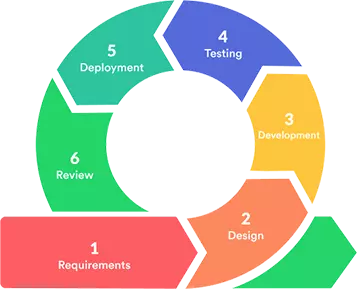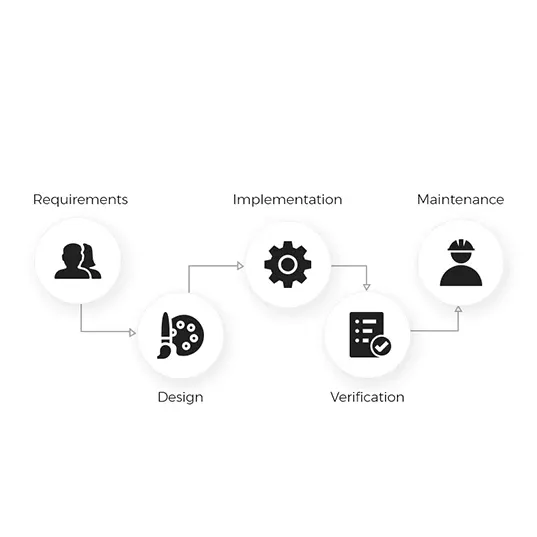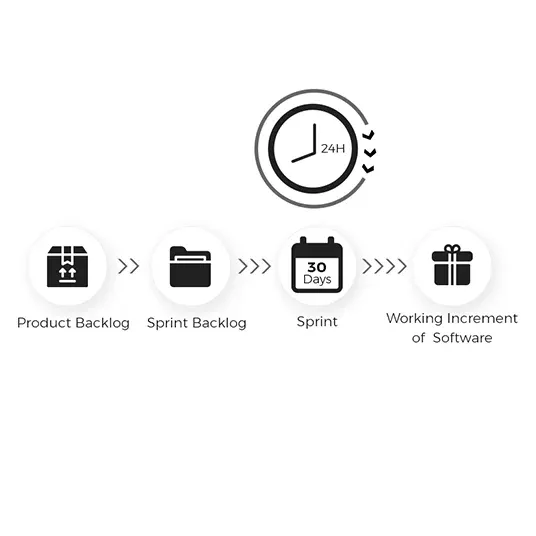AH-IT
Development Methodology
We are dedicated to efficiently achieving your company’s goals on schedule, ensuring excellence in every endeavor.

DEVELOPMENT METHODOLOGIES
Methodologies for quick project turnaround in fast-paced environments.
Businesses must adapt because of the digital era and the widespread use of technology. Since AH-IT has experience working with customers in practically every industry, we know every project has unique demands and specifications. At Hidden Brains, we provide various approaches contingent upon factors such as company dynamics, customer expectations, timeliness, budgetary constraints, necessary knowledge level, custom software development for specific industries, and resource experience.

Agile Methodology
Agile methodology: Considered one of the most popular and demanding methodologies of all time. It offers a structural, collaborative and flexible approach while following an incremental approach towards Custom Software Development for Specific Industry UK. It divides the entire project into different sprints or iterations and then executes it by giving a working product at the end.
reduces risk and prioritizes people over procedures.
Assign tasks to smaller units known as sprints.
Establish The Work's Scope In Advance And Put Dedicated Individuals In Teams.
Divide Up The Work Until The Complete Release.
Waterfall Methodology
Waterfall Methodology: One of the traditionally developed models for Custom Software Development for Specific Industry, waterfall methodology follows a more linear approach than agile. It is concerned with dividing the entire project into several stages and executing each stage. This ensures a small amount of fault.
Clearly defined expectations, goals, and scope before the commencement of the development process.
The most efficient approach for small projects is when the specifications are clear.
reduces risk and prioritizes people over procedures.


Scrum Methodology
For Custom Software Development for Specific Industry USA whose needs are dynamic, fast-changing, or dynamically evolving, this technique is perfect. The initial stages of scrum development include a quick planning session for each sprint, daily scrum meetings to discuss project updates, and a final review. It is perfect for project management if customer input and well-defined requirements are lacking.
The process of development is divided into sprints or iterations.
The ability to change and adapt to new business realities.
Quick Feedback Cycle For Problem Identification And Focus Maintenance.
Years in Business
Completed projects
Expert Team
Hours of Coding
Get In TOuch